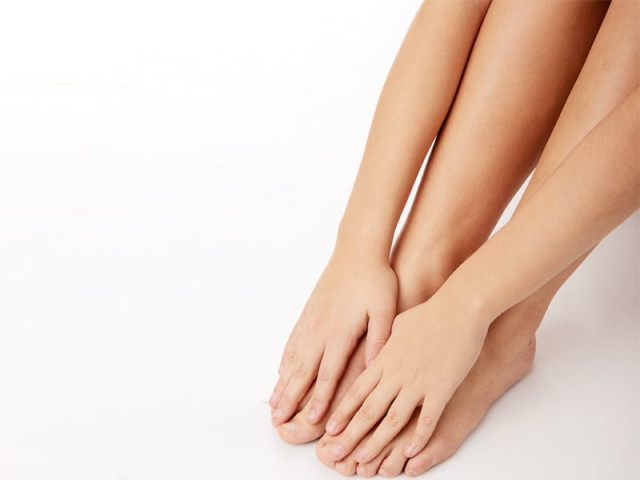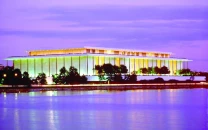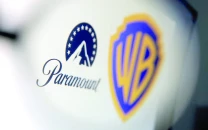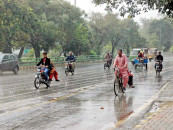Cosmetic treatments: Hair affairs
Cosmetic procedures and laser hair removal in Pakistan.

For the ‘Real Housewives of Islamabad’ cosmetic treatments are at an all time high. More specifically, the aunties have discovered the joys of freezing their facial and emotive expressions with Botox.
“For Botox, I was expecting a lot of working people and professionals to come for treatments,” says Dr Samina Sohail, a certified dermatologist and a diploma-holder from the American Academy of Aesthetic Medicine. “I was pleasantly surprised to discover that most of my clients for Botox were housewives!”
But, out beyond injections of neurotoxins like Botox to fill those fine lines that come with age, laser hair removal gets Sohail’s clinic (Laseron) a steady stream of bookings. Cosmetic and aesthetic trends may come and go, but many Pakistanis remain quite hairy throughout the year, which means high returns for laser centres.
“The biggest cosmetic problem in our region is that many of the patients suffer from Hirsutism; it is a hormonal imbalance where many women get hair in unwanted places — essentially where men grow hair, like the face, chest and back,” explains Sohail.
Initially, women were hesitant to visit male doctors for such treatments, “Our culture is conservative. Women want to go to female doctors so they won’t feel worried or embarrassed”. According to Sohail, the first laser clinic opened in Lahore in 1999. The next clinic opened in Islamabad in 2000, also run by a male doctor. Six months later, Sohail became the first woman in Pakistan to open a laser clinic. Since then, she’s been seeing both men and women for treatments.
She confirms that the most popular treatments at her clinic are, in fact, laser treatments: all over the body, including eyebrows, unibrows, legs and even beards. One of the biggest myths surrounding laser hair removal, she explains, is that people think the lasers are radioactive and dangerous. “It is totally safe,” says Sohail while adding, “the fault can only lie with the doctor — if he or she doesn’t know how to operate the machinery and lasers then obviously there’s a risk of scarring or burning clients.”
To dispel popular fears, Sohail charts the procedure, making diagrams for added benefit.
The clinic uses specialised lasers for Asian skin types. Most accidents actually occur when the wrong lasers are administered. “You can seriously hurt someone if you’re not careful about the laser and the machine input.”
What ends up happening is that the laser — as intensified light— penetrates the skin and is absorbed directly into the pigment of the hair. The light travels through the dark pigment (“the darker and thicker the hair, the better) and gets to the base, disabling the root and follicle responsible for further hair growth. The encouraged span between treatments is four-to-six weeks and usually a few sessions are required before hair growth stops entirely.
The treatment stings, depending on the patient’s threshold for pain, but the cosmetic and aesthetic advantages far outweigh the few minutes of irritation. For the droves of hairy patients who frequent clinics like Laseron, they’re a lot more concerned about pervasive social taboos and insecurities that make them consider turning to such procedures in the first place.
“There’s also another plus point,” adds Sohail. “Laser treatments are the only way to get rid of ingrown hairs safely and without damaging the skin. If you try it yourself, you’ll scar.”
Published in The Express Tribune, October 31st, 2011.



















COMMENTS
Comments are moderated and generally will be posted if they are on-topic and not abusive.
For more information, please see our Comments FAQ